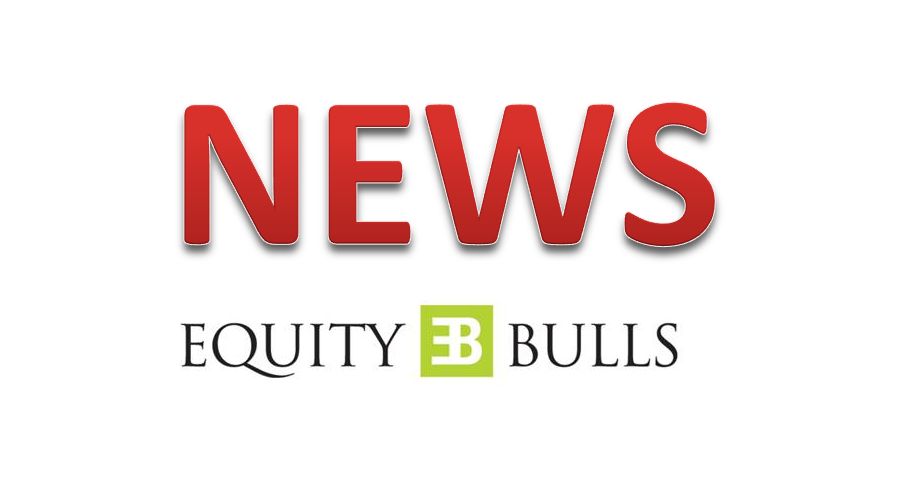 SMC Global Securities Ltd Q2 FY2025-26 consolidated net profit declines to Rs. 20.65 crores
SMC Global Securities Ltd Q2 FY2025-26 consolidated net profit declines to Rs. 20.65 crores Rajoo Engineers Ltd Q2FY26 consolidated profit at Rs. 14.18 crores
Rajoo Engineers Ltd Q2FY26 consolidated profit at Rs. 14.18 crores Inventurus Knowledge Solutions Ltd consolidated Q2 FY2025-26 PAT climbs to Rs. 180.71 crores
Inventurus Knowledge Solutions Ltd consolidated Q2 FY2025-26 PAT climbs to Rs. 180.71 crores IFB Industries Ltd consolidated PAT for Q2FY26 jumps to Rs. 50.79 crores
IFB Industries Ltd consolidated PAT for Q2FY26 jumps to Rs. 50.79 crores Share India Securities Ltd consolidated Q2 FY26 net profit at Rs. 92.91 crores
Share India Securities Ltd consolidated Q2 FY26 net profit at Rs. 92.91 crores
Market Commentary
Monetary Policy Feedback - Suvodeep Rakshit, Economist at Kotak Institutional Equities
Posted On : 2017-08-03 21:10:48( TIMEZONE : IST )

"The RBI policy decision was in line with our expectation of a 25 bps rate cut. The arguments for the cut was based on the lower-than-expected headline and core inflation trend, smooth implementation of GST, and a normal monsoon. Based on our inflation trajectory, we maintain our call for a pause for the rest of FY2018. We estimate the headline inflation (including HRA impact) to revert to 4.5% by March 2018—in line with RBI's estimate of 4.5%. The RBI will likely maintain status quo from hereon and scope for any further rate cut will emerge if inflation trajectory falls below the 4% mark on a sustained basis. The key risks that we will be watching out for are: (1) evolution of food price trends through the monsoon; and (2) any surprise on the global front in areas of monetary policy and commodity prices."
Policy decision
- Repo rate reduced by 25 bps to 6.0%. (in line with our expectation of a 25 bps rate cut today and a pause there after)
- Consequently, reverse repo rate at 5.75% and MSF at 6.25%
- Four members have voted for 25 bps cut, one member voted (Prof. Dholakia) for 50 bps cut, and one member (Dr Patra) voted for status quo
Next Monetary Policy Committee meetings are on October 3 and 4, 2017 with resolution to be announced on October 4.
Our view
- The tone of the RBI was neutral (softer than the June policy) with adequate highlight on the downward trend of inflation trajectory seen over the last few months. The neutral stance was maintained on the premise that inflation is expected to revert to marginally higher than 4% (including 7CPC-led HRA effect).
- Based on our estimated inflation trajectory, we reiterate our call that the RBI will pause for the rest of FY2018 We expect inflation (including HRA effects) to revert to around 4.5%. Room for any further cut will open up again if inflation surprises significantly below the 4% mark.
RBI's estimates
- 2HFY18 inflation range kept unchanged at 3.5-4.5%. The fan chart indicates March 2018 inflation at 4.5% (middle-most point) slightly higher than 4% in the June projection. The August projection incorporates the 7CPC HRA impact of the central government employees. This is in line with our estimate of 4.5%.
- GVA growth estimate maintained at 7.3% in FY2018. We estimate FY2018 growth at 6.8%.
Key excerpts
- Noting, however, that the trajectory of inflation in the baseline projection is expected to rise from current lows, the MPC decided to keep the policy stance neutral and to watch incoming data. The MPC remains focused on its commitment to keeping headline inflation close to 4 per cent on a durable basis.
- Looking ahead, as base effects fade, the evolving momentum of inflation would be determined by (a) the impact on the CPI of the implementation of house rent allowances (HRA) under the 7th central pay commission (CPC); (b) the impact of the price revisions withheld ahead of the GST; and (c) the disentangling of the structural and transitory factors shaping food inflation.
- Several factors contributing to uncertainty around this baseline inflation trajectory... Implementation of farm loan waivers by States may result in possible fiscal slippages and undermine the quality of public spending, entailing inflationary spillovers... If States choose to implement salary and allowance increases similar to the Centre in the current financial year, headline inflation could rise by an additional estimated 100 basis points above the baseline over 18-24 months... high frequency indicators suggest that price pressures are building up in vegetables and animal proteins in the near months...
- There are, however, some moderating forces at work. First, the second successive normal monsoon coupled with effective supply management measures may keep food inflation under check. Second, if the general moderation of price increases in CPI excluding food and fuel continues, it will contain upside pressures on headline inflation. Third, the international commodity price outlook is fairly stable at the current juncture.
- The MPC observed that while inflation has fallen to a historic low, a conclusive segregation of transitory and structural factors driving the disinflation is still elusive.
- In its assessment of real activity, the MPC noted that while the outlook for agriculture appears robust, underlying growth impulses in industry and services are weakening, given corporate deleveraging and the retrenchment of investment demand.
- Given the limits on raising market borrowings and taxes by States, farm loan waivers are likely to compel a cutback on capital expenditure, with adverse implications for the already damped capex cycle.
